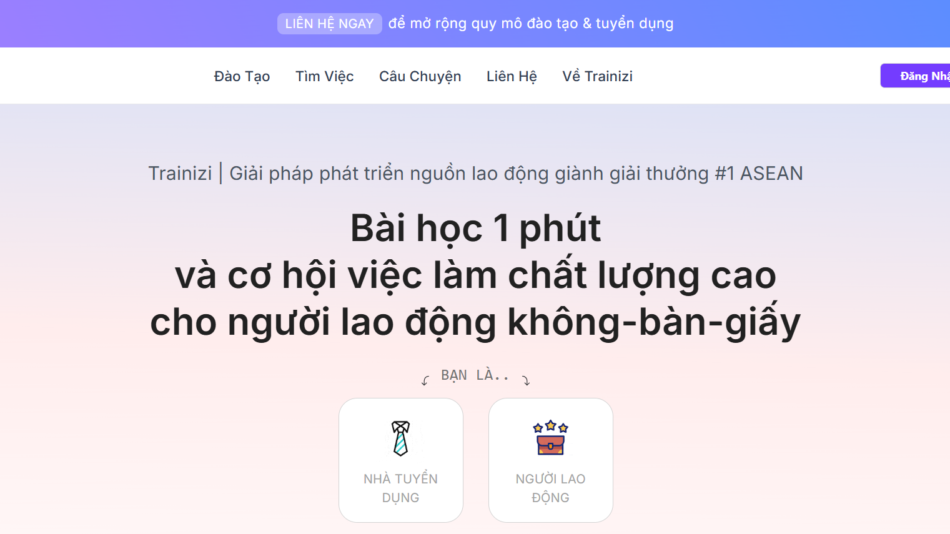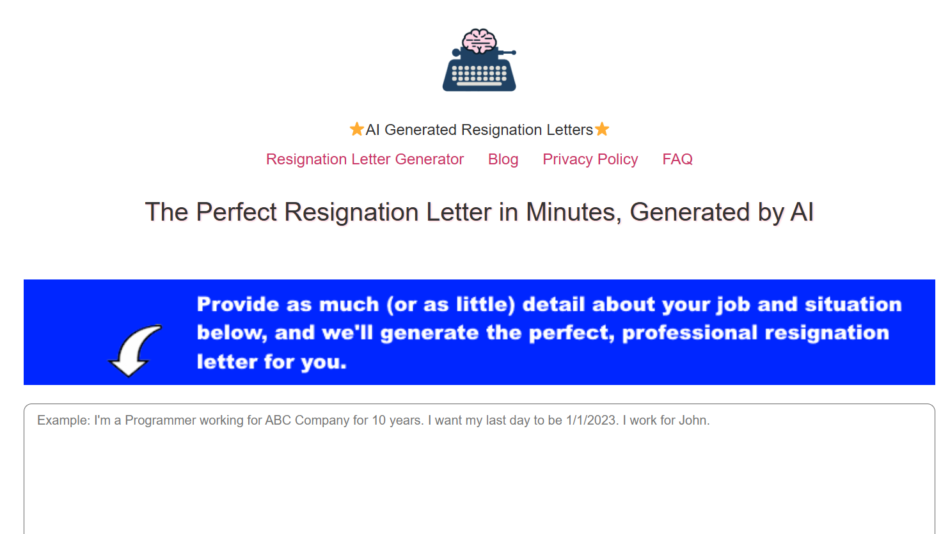The AI Labor Index is a real-time research initiative created by Epoch AI, designed to monitor and analyze the global labor market exposure to large language models (LLMs). As AI technologies — especially generative models like GPT-4 — continue to shape how tasks are performed across industries, the AI Labor Index aims to provide transparent, data-backed insights into where and how AI is transforming human work.
This index is not a commercial software product but a public data platform used by researchers, economists, policymakers, and journalists to understand the scale, scope, and distribution of AI-driven labor automation.
Features
Occupation-Level AI Exposure Data: Estimates what percentage of tasks within specific job roles can be impacted by LLMs.
Global Country Comparison: Breaks down AI labor exposure by country, based on occupational structures and task composition.
Interactive Visualizations: Offers dynamic graphs and charts that allow users to explore AI impact by job type, location, and intensity.
Task-to-Model Matching: Uses a structured methodology to assess how capable current LLMs are at performing individual work tasks.
Open Methodology: Transparent research design and model evaluation methods published alongside data.
Public Dataset Access: Users can access and download datasets for further analysis or integration into other research.
Regular Updates: The Index is maintained as AI capabilities evolve and labor markets shift.
How It Works
Occupational Mapping: The team starts by mapping job roles (using standards like ISCO-08 and O*NET) to a wide array of job tasks.
LLM Task Evaluation: Tasks are evaluated for their susceptibility to LLM automation using a combination of expert judgment and model testing.
Task-Job Aggregation: The results are aggregated to estimate how much of a job’s total function could be assisted or replaced by AI.
Country-Level Adjustment: Country-specific labor force data is used to scale and compare impact across national economies.
Dashboard Presentation: The insights are visualized on the AI Labor Index platform via an interactive dashboard.
Use Cases
Economic Research: Track how AI technologies are reshaping industries and workforces across nations.
Policy Analysis: Help governments prepare for AI disruption by identifying at-risk job sectors.
Media and Journalism: Use real data to report on AI’s real-world labor implications.
Academic Studies: Support social science and economic research with access to validated, open-source data.
Corporate Strategy: Inform workforce planning, hiring, and AI investment decisions based on job automation risk.
Pricing
The AI Labor Index is 100% free to access, as it is an open public research tool funded and maintained by Epoch AI. No signup, subscription, or payment is required.
Users can:
View all interactive charts and visualizations.
Access downloadable datasets.
Cite the platform in research papers or public policy reports.
Review detailed methodology and source material.
Visit the official site at https://www.ailaborindex.com to explore all available resources.
Strengths
Evidence-Based: Backed by academic research, making it trustworthy and scientifically grounded.
Global Focus: Includes over 160 countries, offering a global lens on labor disruption.
Transparent Methodology: Full documentation of assumptions, data sources, and calculation methods.
Open Data: Freely available for download and further analysis.
Interactive and Visual: Easy-to-use dashboard with clear breakdowns by job, region, and impact level.
Non-Commercial: Built for public understanding, not monetization or private enterprise.
Drawbacks
Not a Consumer Tool: It’s geared toward researchers, analysts, and institutions — not individual job seekers.
No Predictive Job Loss Model: The Index shows exposure, not direct job replacement predictions.
Complex Terminology: Some users may need basic knowledge of labor economics to fully understand the insights.
Focus on LLMs Only: Does not account for other forms of automation such as robotics or domain-specific AI (e.g., computer vision).
Comparison with Other Tools
While the AI Labor Index is unique in its specific focus on LLM-related labor exposure, there are adjacent platforms worth noting:
vs. OECD AI Observatory: The OECD platform offers broader AI policy monitoring, whereas AI Labor Index provides job-specific data.
vs. World Economic Forum Reports: WEF’s reports are high-level and strategic; AI Labor Index provides task-level, data-driven impact.
vs. McKinsey’s Future of Work Insights: McKinsey offers commercial insights; AI Labor Index is open and academically rigorous.
Customer Reviews and Testimonials
As an academic and non-commercial resource, AI Labor Index does not feature user testimonials, but it has been cited in respected publications such as:
The Economist
MIT Technology Review
Vox
Nature Human Behaviour
These references affirm its credibility and growing relevance among researchers and journalists analyzing the labor impact of AI.
Conclusion
The AI Labor Index is a critical resource for anyone seeking to understand how large language models are reshaping the global workforce. Through rigorous methodology, open data, and dynamic visualization tools, the platform helps quantify which jobs are most exposed to AI automation, and how this varies by country, task, and sector.
As AI continues to evolve, tools like the AI Labor Index will be essential for driving informed policy, responsible innovation, and a smoother transition toward a future of work influenced by machine intelligence.















